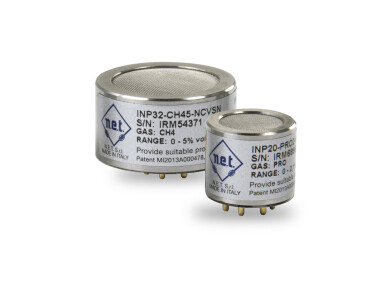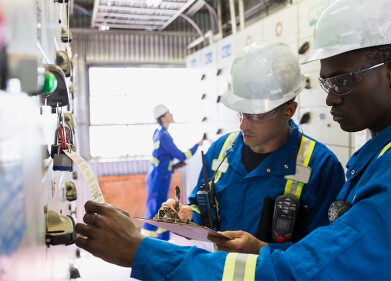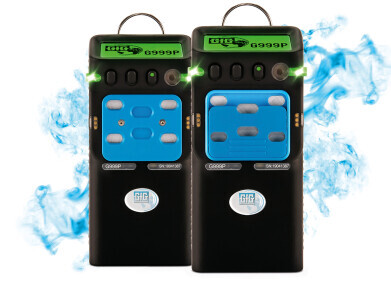Gas detector
Gas & Flame Detectors Protect Portable LNG Vapourisers
Aug 04 2014
Operators at remote liquefied natural gas (LNG) production sites who rely on portable or skid mount vapouriser production equipment will find General Monitors (USA) provides comprehensive gas and flame monitoring to prevent accidental explosions and fires.
Gas wells are typically drilled at remote sites. Often times it is a result of either the location of the gas, proximity to the public or a combination of both situations. Regardless, power is rarely available and prohibitively expensive to obtain. Drillers have found a way around this obstacle by employing portable vapourisers and temporary Liquefied Natural Gas (LNG) sources.
LNG trucks are sent to potential drill sites along with portable vapourisers. After the connection is made, Compressed Natural Gas (CNG) is available to run a large power generator that is capable of providing power to the entire drill site. Once the site is producing gas and is self-sustainable, the LNG truck and vapouriser are moved to the next site.
Safety monitoring devices are always employed when LNG is being produced, used or stored due to its inherently explosive nature. LNG is stored at -260°F (-126°C) and as it is slowly warmed and vapourised it rapidly expands to 600 times its liquid volume. These harsh conditions are stressful on piping and valves which can result in potential leaks of combustible gas that endangers people, equipment and facilities.
To protect natural gas production sites, General Monitors offers a complete line of fixed hydrocarbon gas and flame detectors. The company’s advanced catalytic bead, infrared point, and ultraviolet/infrared (UV/IR) technologies provide highly reliable hydrocarbon hazard monitoring in rugged environments.
General Monitors’ S4000CH Combustible Gas Detector provides thorough, continuous monitoring of combustible gases via its robust catalytic bead technology. The unit features one person calibration and can virtually self-calibrate by simply activating a magnetic switch and applying gas. It is designed to monitor natural gas and vapours within the lower explosive limit (LEL) and provide status indication and alarm outputs. It complies with ANSI/ISA 12.13.01-2000 performance requirements for combustible gas detectors.
The IR400 Point IR Gas Detector uses infrared technology to sense for combustible gases and vapours to quickly and reliably detect LNG gas leaks. The detector comes factory pre-calibrated, has a three-second response time, takes only minutes to set-up, operates with less than 4.8 W of power, and is inexpensive to operate and maintain.
The FL3100H UV/IR Flame Detector monitors for both ultraviolet and infrared (UV and IR) spectral ranges and is highly immune to false alarms caused by radiation sources. Continuous Optical Path Monitoring (COPM) checks both optical path integrity and electronic circuitry once per minute; a wide field of view enables greater fire detection coverage. The flame detector's electronics are integral within its explosion-proof housing, allowing detector information to be processed at the point of detection.
Digital Edition
PIN 25.5 Oct/Nov 2024
November 2024
Analytical Instrumentation - Picturing Viscosity – How Can a Viscometer or a Rheometer Benefit You? - Sustainable Grease Formulations: Evaluating Key Performance Parameters and Testing Method...
View all digital editions
Events
Jan 20 2025 San Diego, CA, USA
Jan 22 2025 Tokyo, Japan
Jan 25 2025 San Diego, CA, USA
SPE Hydraulic Fracturing Technology Conference and Exhibition
Feb 04 2025 The Woodlands, TX, USA
Feb 05 2025 Guangzhou, China



















